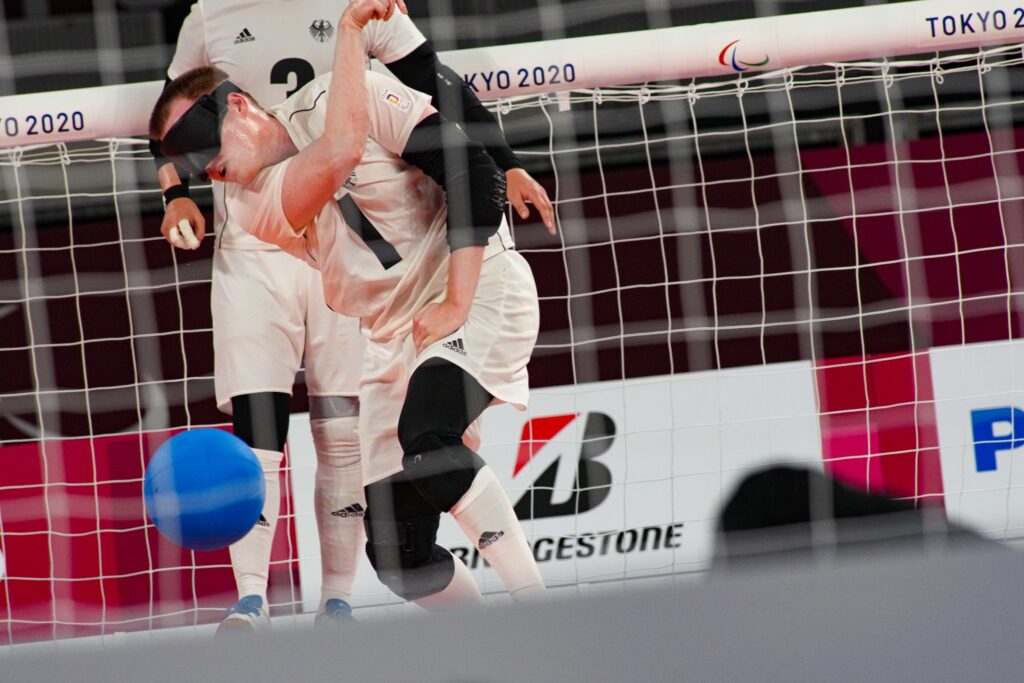Ninepin Bowling Overview
About Ninepin Bowling
IBSA Ninepin bowling for players with visual impairments features competitions for men, women and teams.
In a game, each player throws 30 balls on four lanes for a total of 120.
Players are classified as B1, B2 or B3. B1 and B2 players must have an assistant to pass the bowling balls and provide advice. B3 players can also have an assistant, but players must take the balls by themselves.
More information about classification, the process by which athletes are assessed and categorised according to their disability, can be found here.
In the men’s team events there are two players each from the B1, B2 and B3 categories and in women’s events one player from each category.
The results from all team players are included and the winner is the team with the highest number of pins down. The results from team players are also used for qualification in individual finals by category.
The best eight players from each category (B1, B2 and B3) in the men’s and the best four women from each category compete in the final. The results from the qualifying round (120 throws), and the final (120 throws) are added together and the winner is the player who knocks down the most pins.
History
Ninepin bowling for players with visual impairments was pioneered in Germany and the former Yugoslavia in the 1960s. At the end of the 1970s the sport spread to what was then Czechoslovakia, and by the end of the 1980s it had extended to many other European countries.
At that time, bowlers competed separately in categories for the blind and partially sighted.
The first international competition, the “Slovak Crystal Cup”, took place in 1996, in Kosice, Slovak Republic. Six countries competed and bowlers agreed on a single set of international rules and to adopt the IBSA sight classification system (B1, B2 and B3 categories).
Ninepin bowling for the blind and partially sighted joined IBSA as an official sport at the 1997 General Assembly in Casablanca, Morocco. The first IBSA European championships were held the following year in Kosice, Slovakia.
The first IBSA World Championships in Ninepin Bowling for the Blind and Partially Sighted were held in Kosice in 2007.
Latest News
View all


Upcoming Events
2025 IBSA NINEPIN BOWLING EUROPEAN CHAMPIONSHIP
Ninepin Bowling
09-05-2025